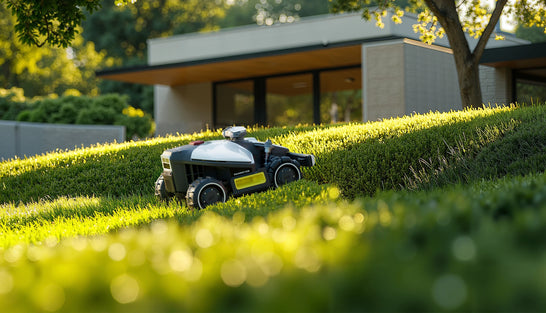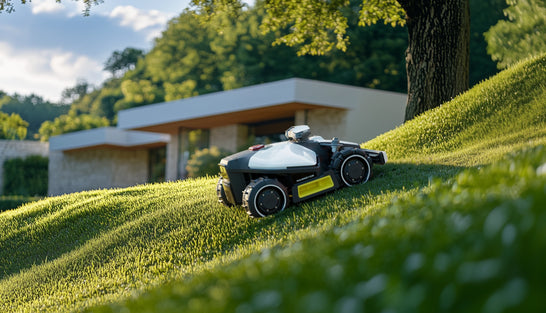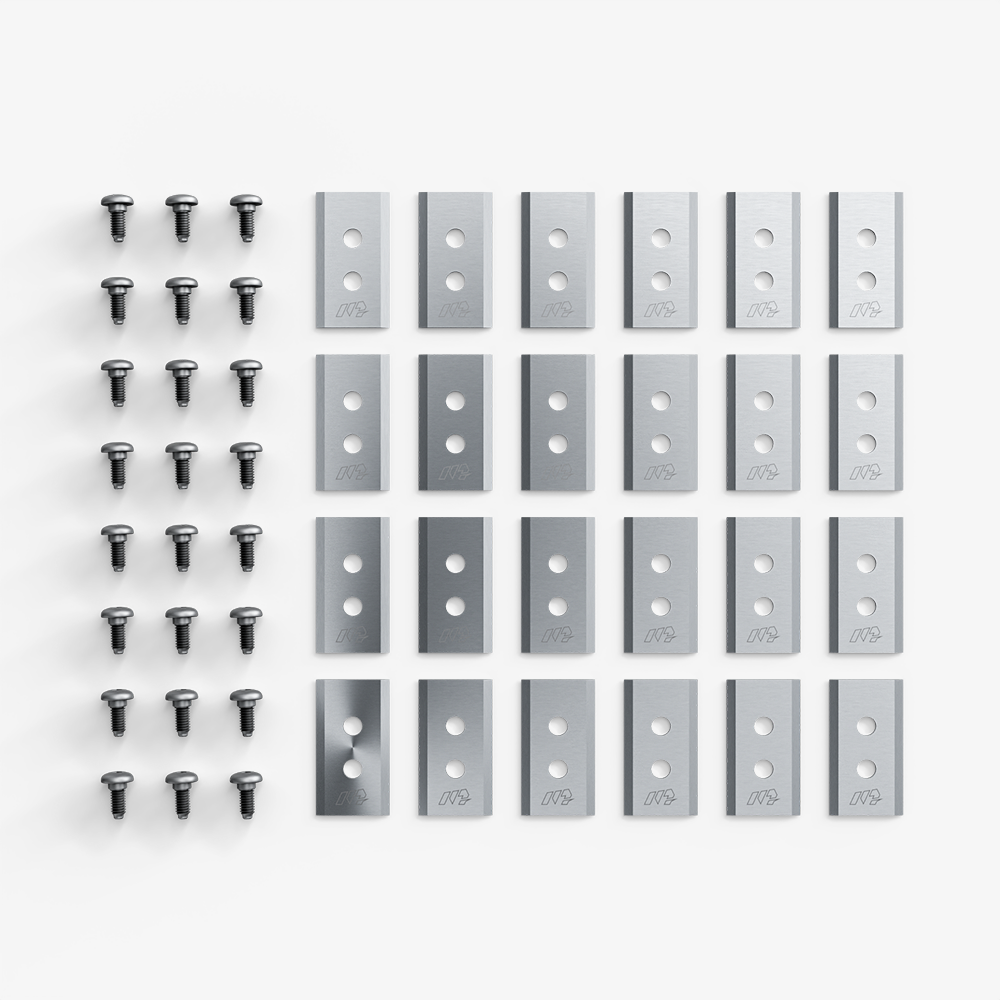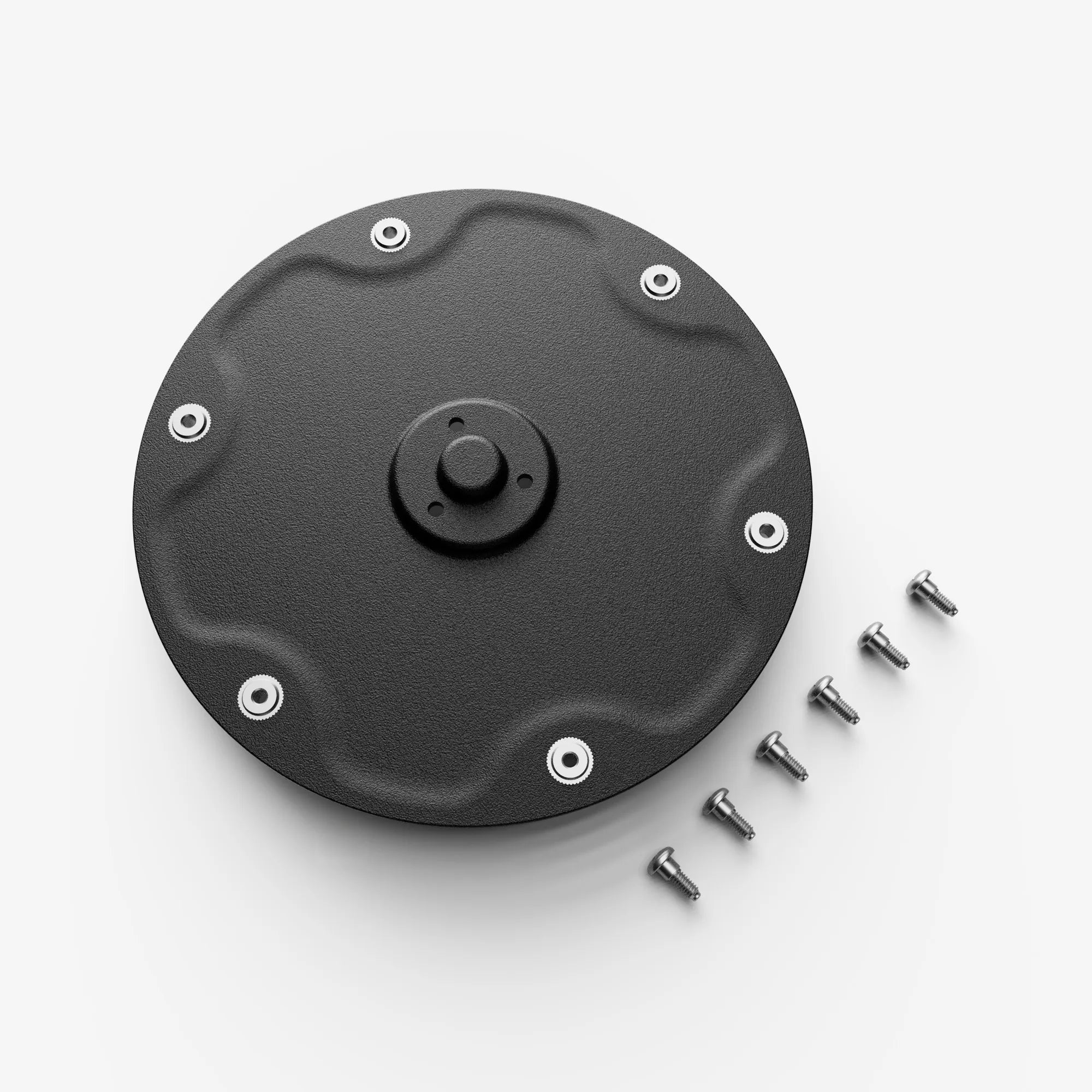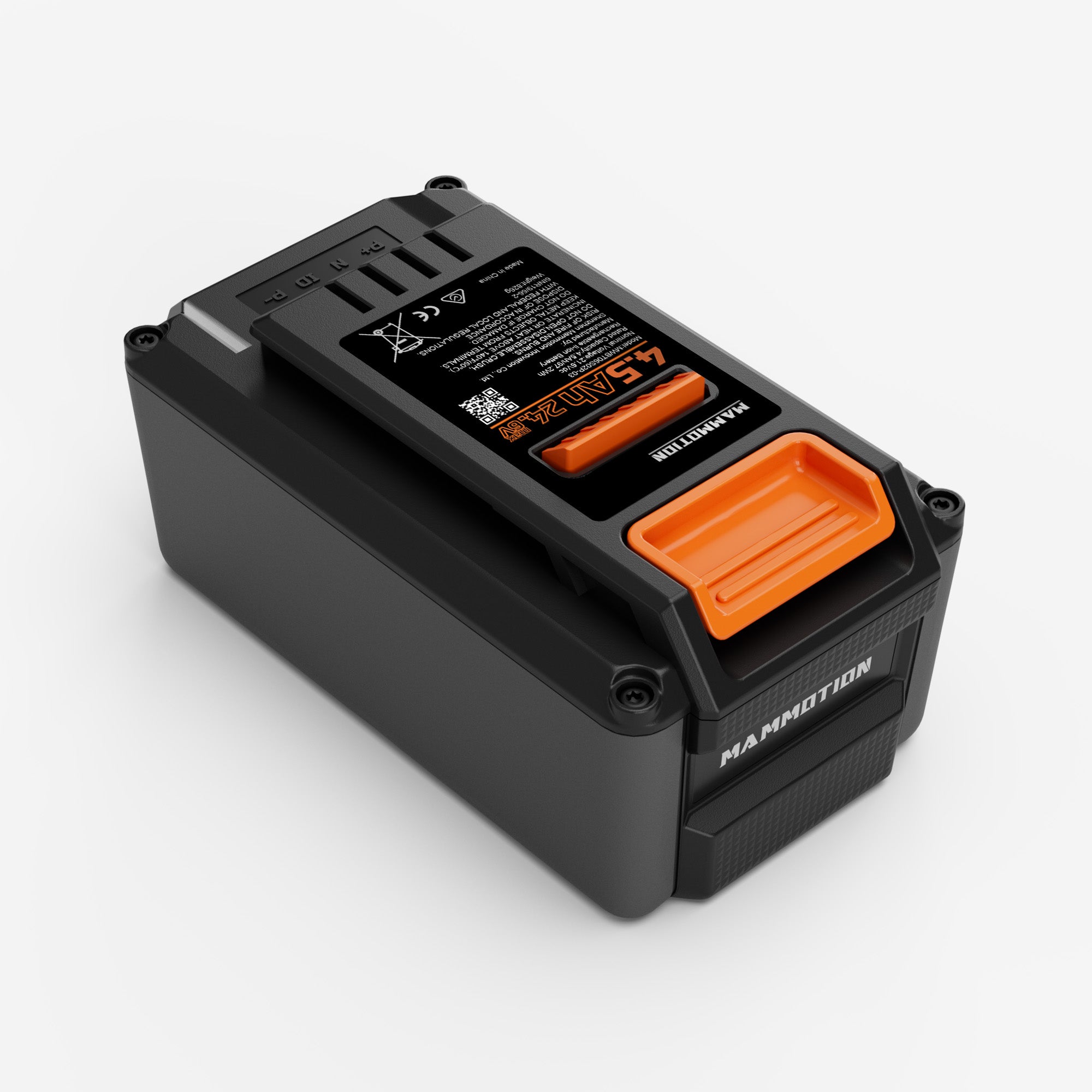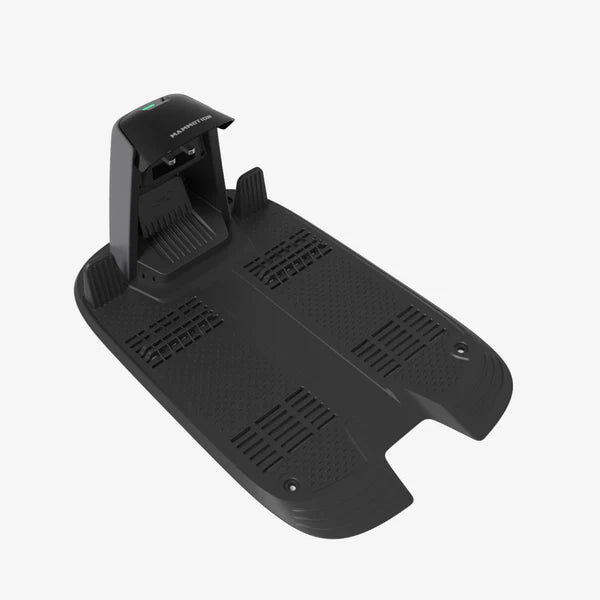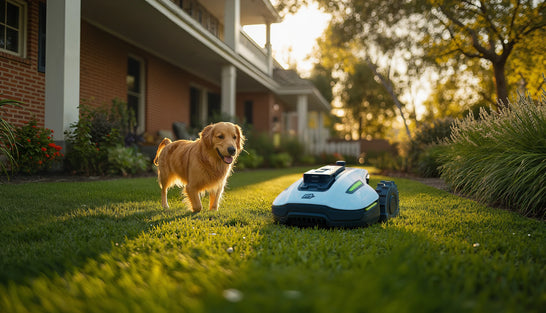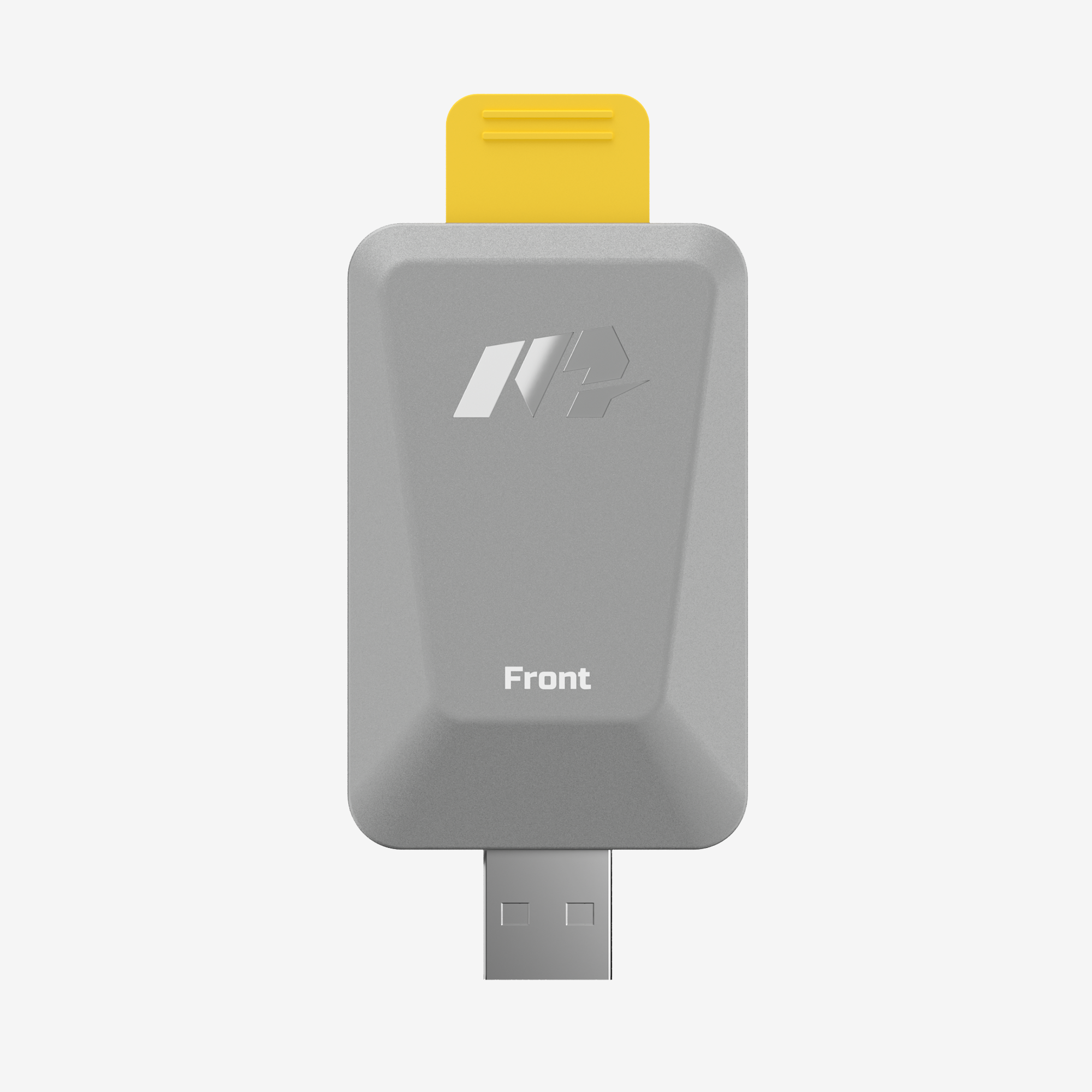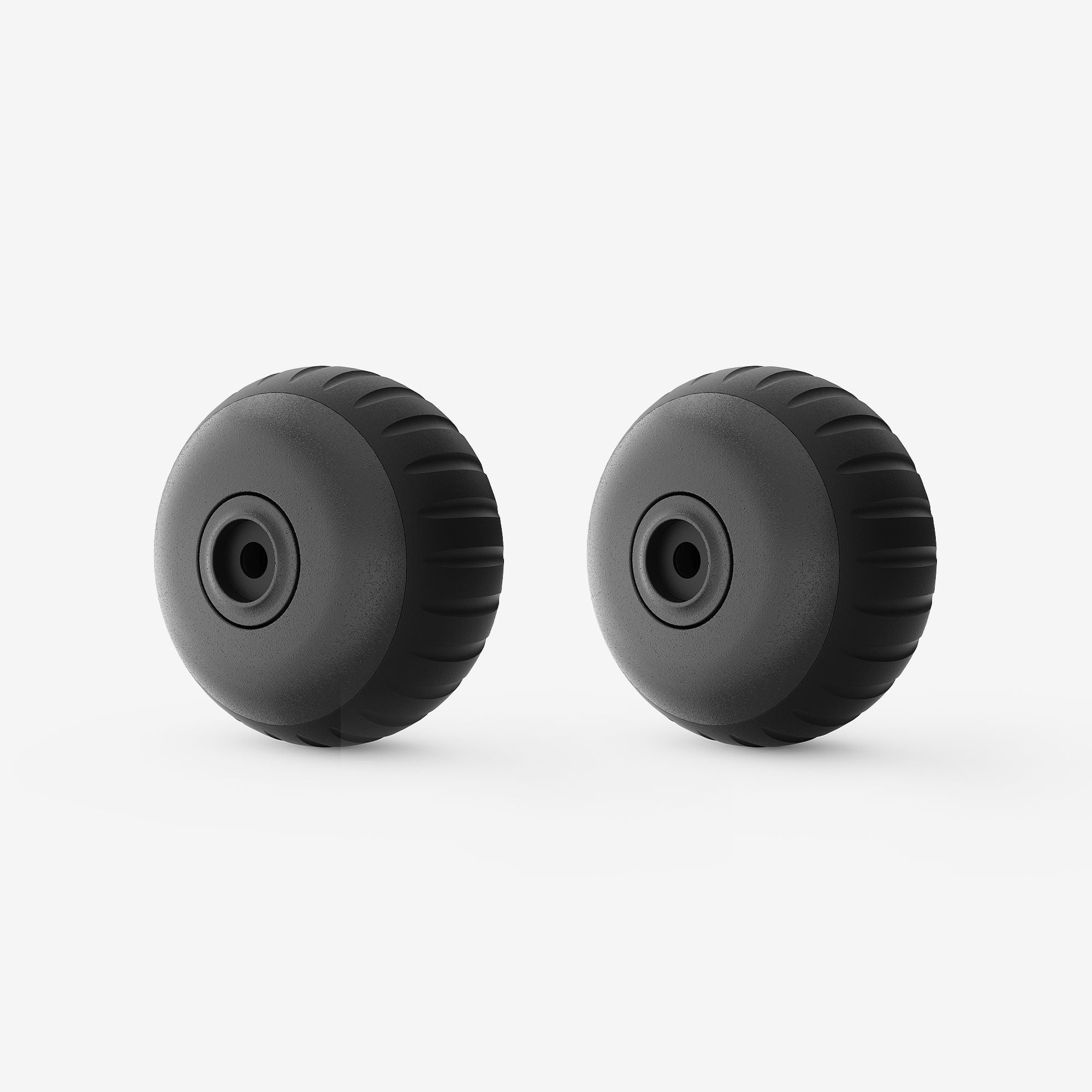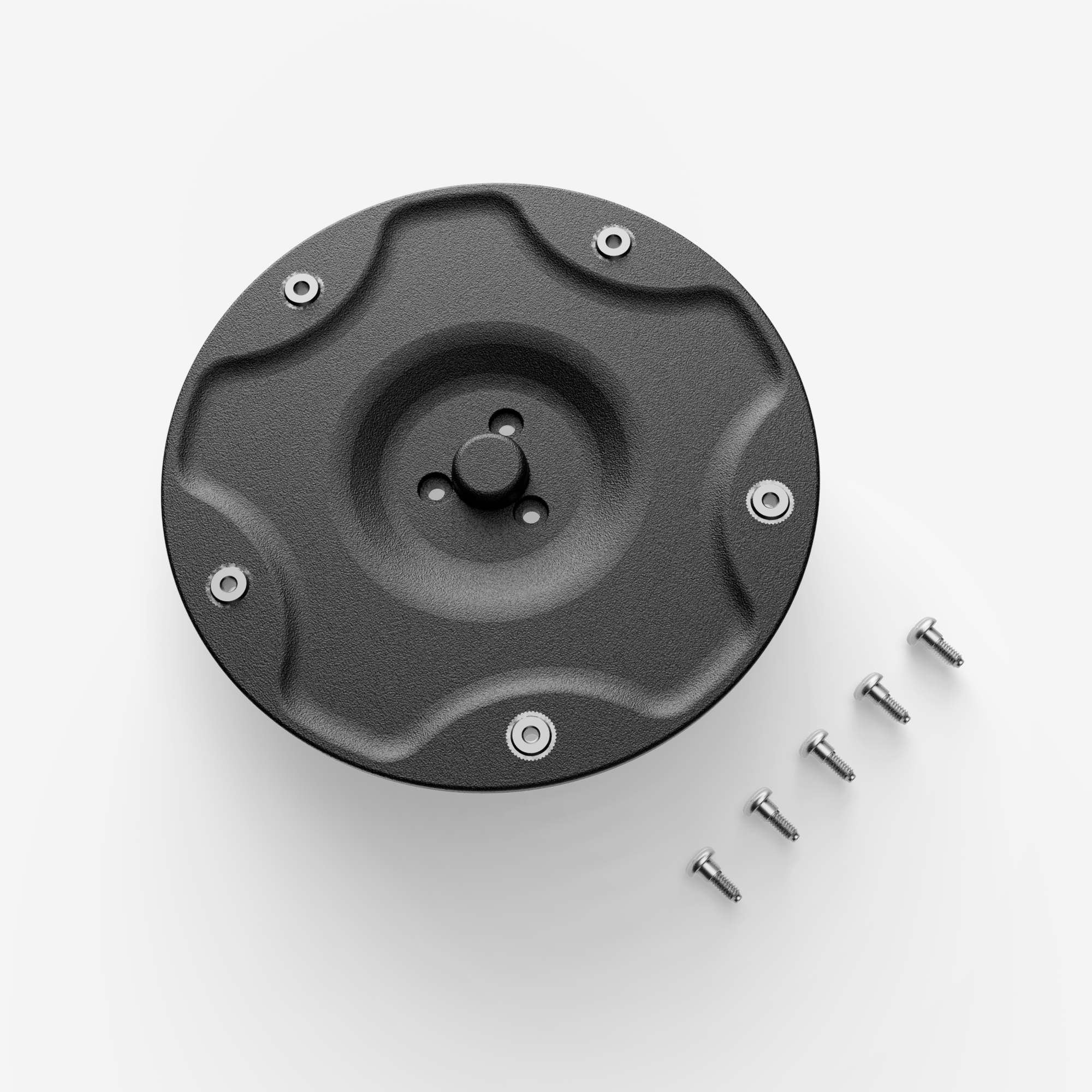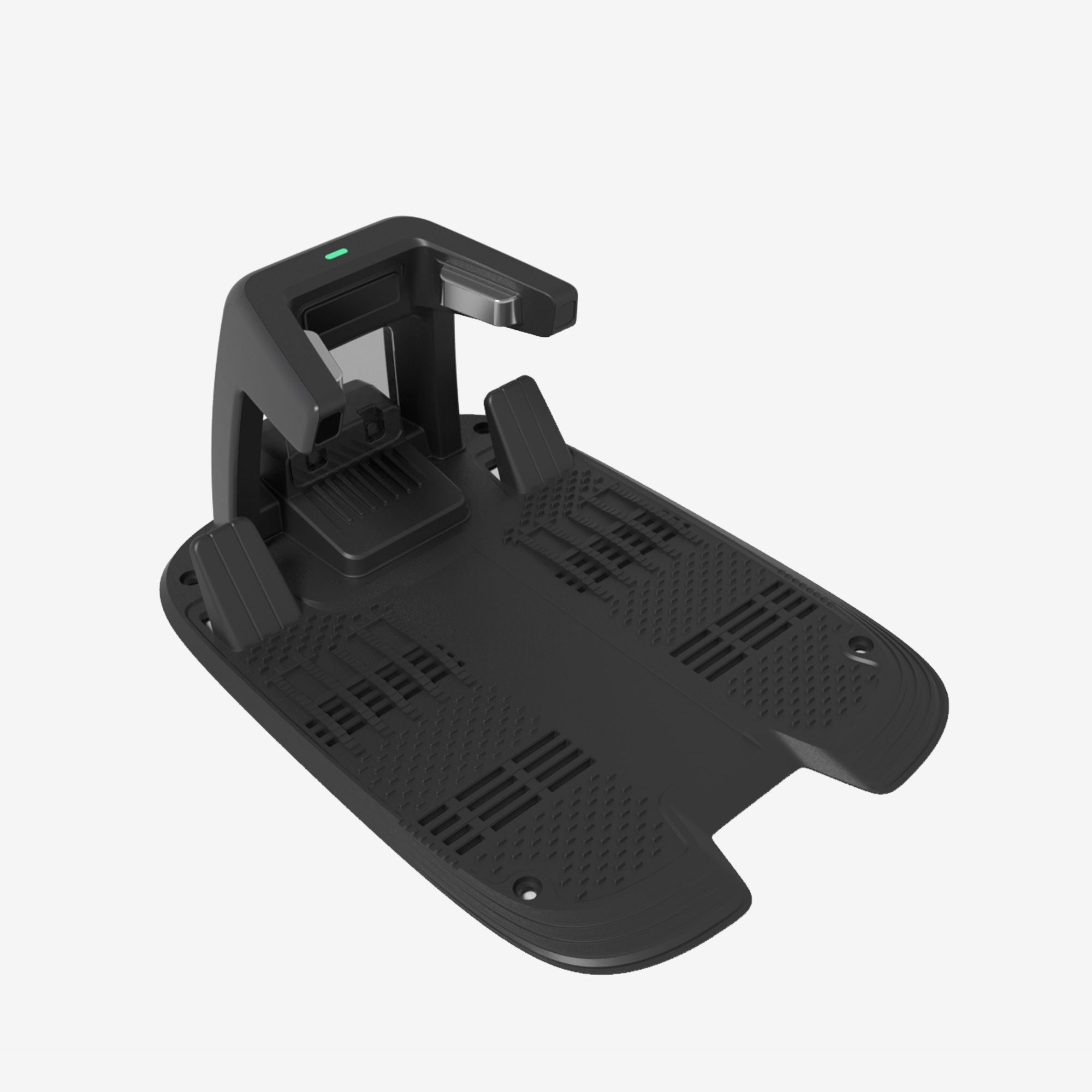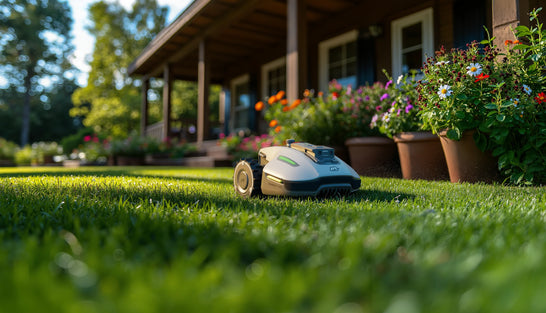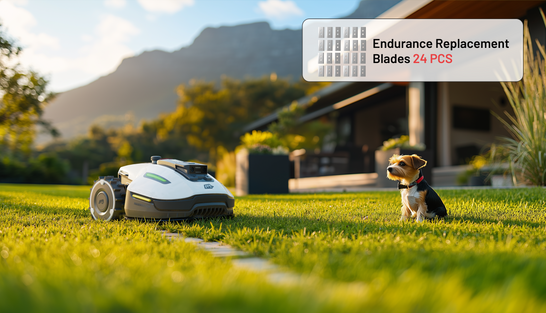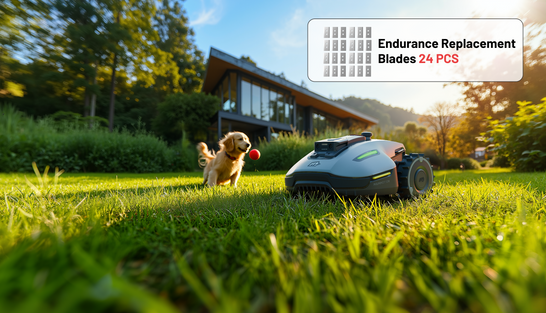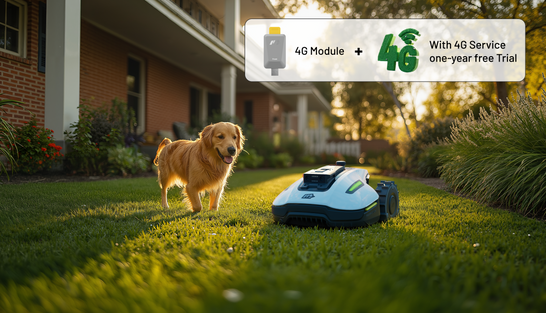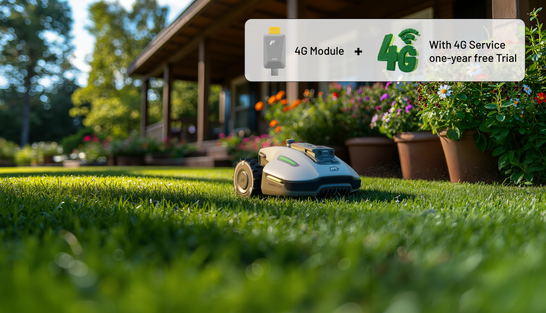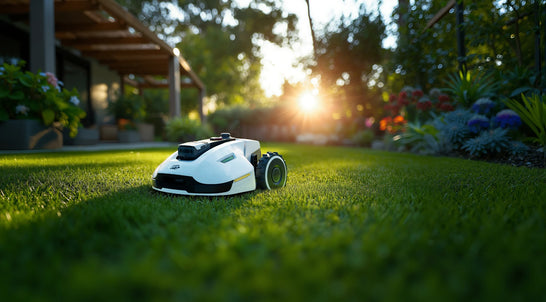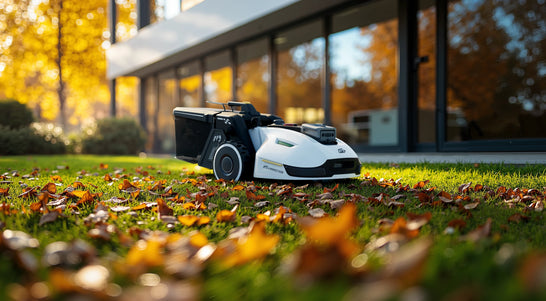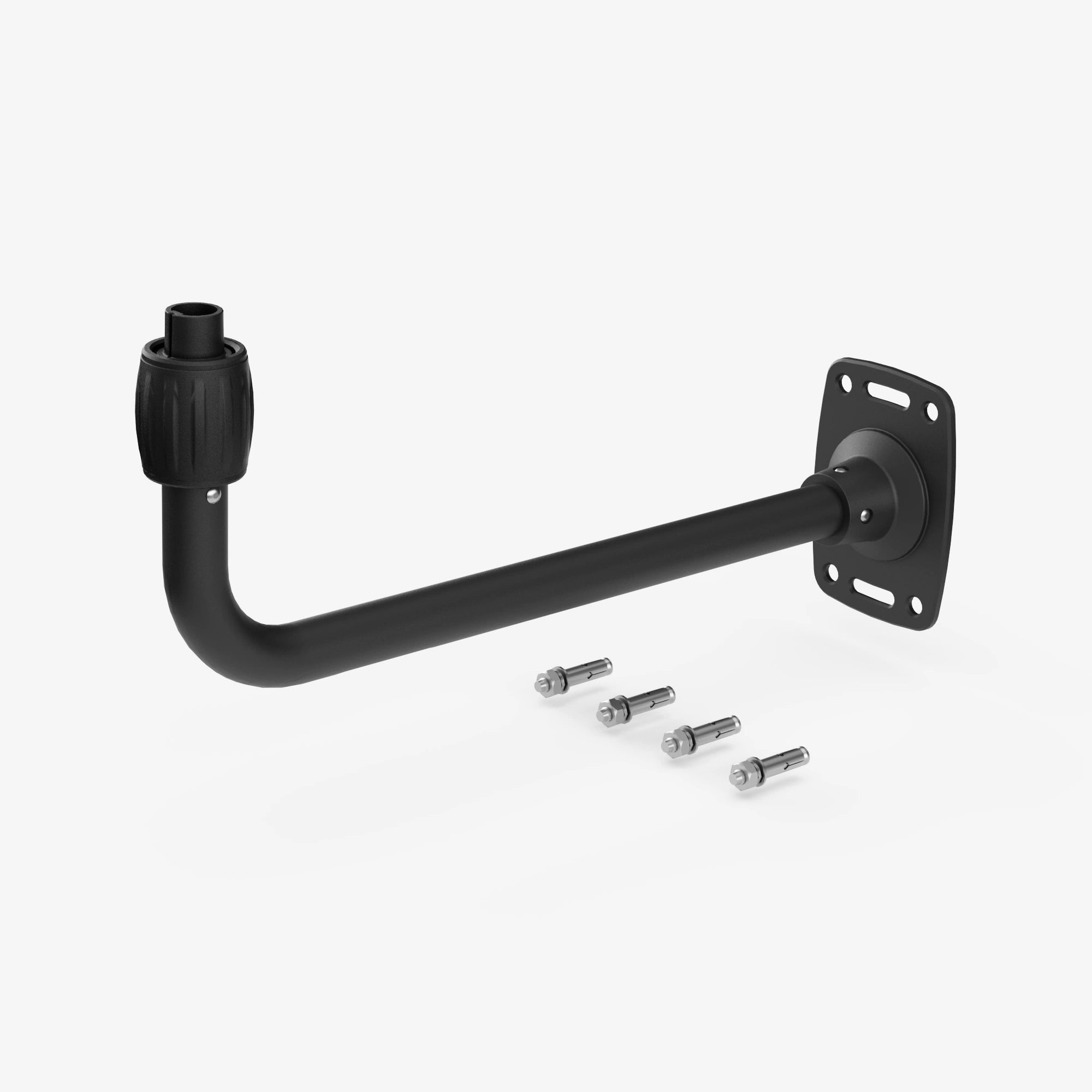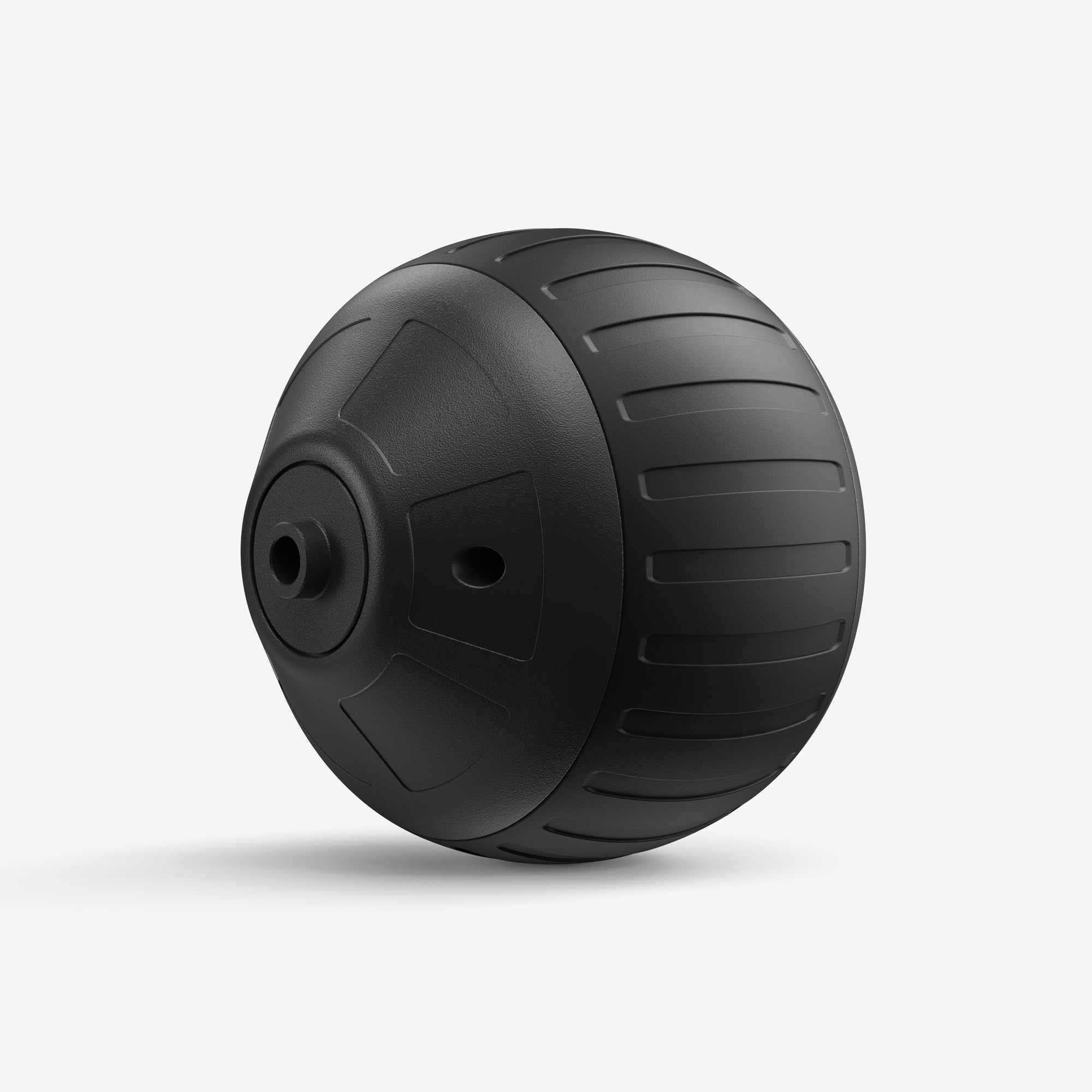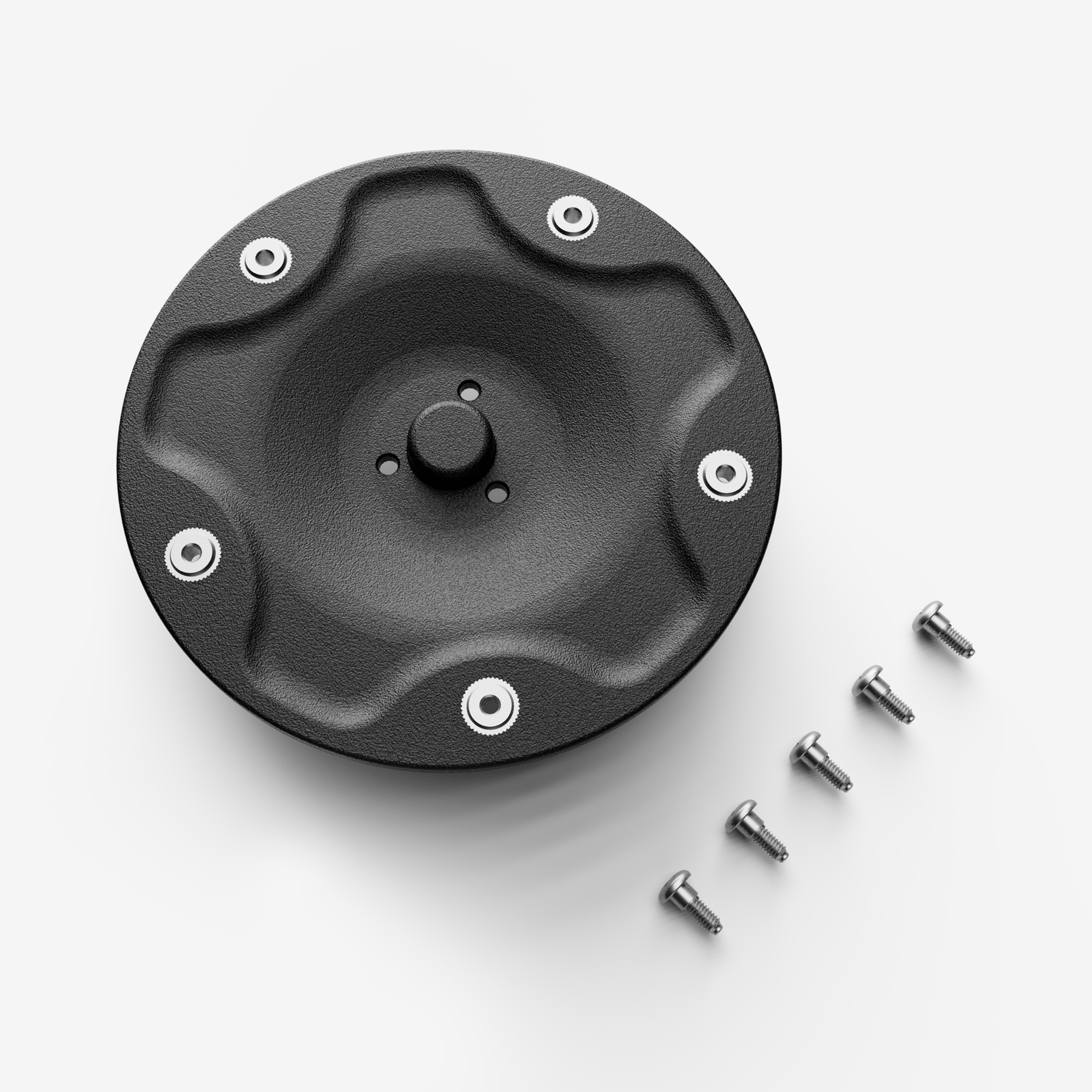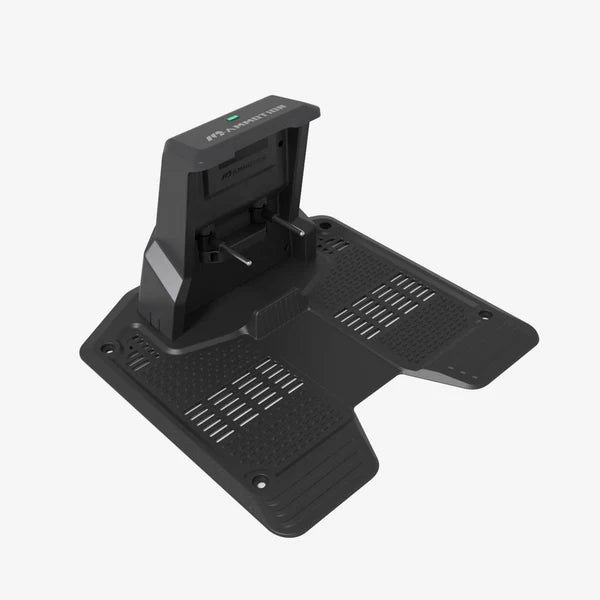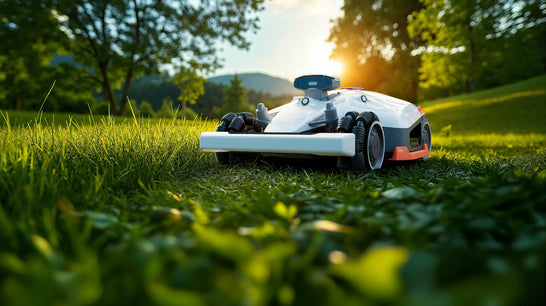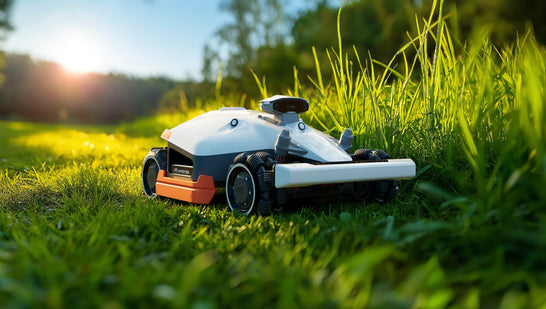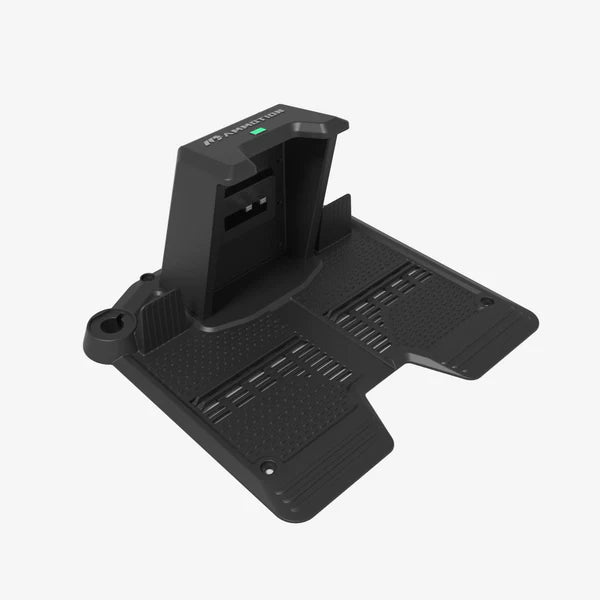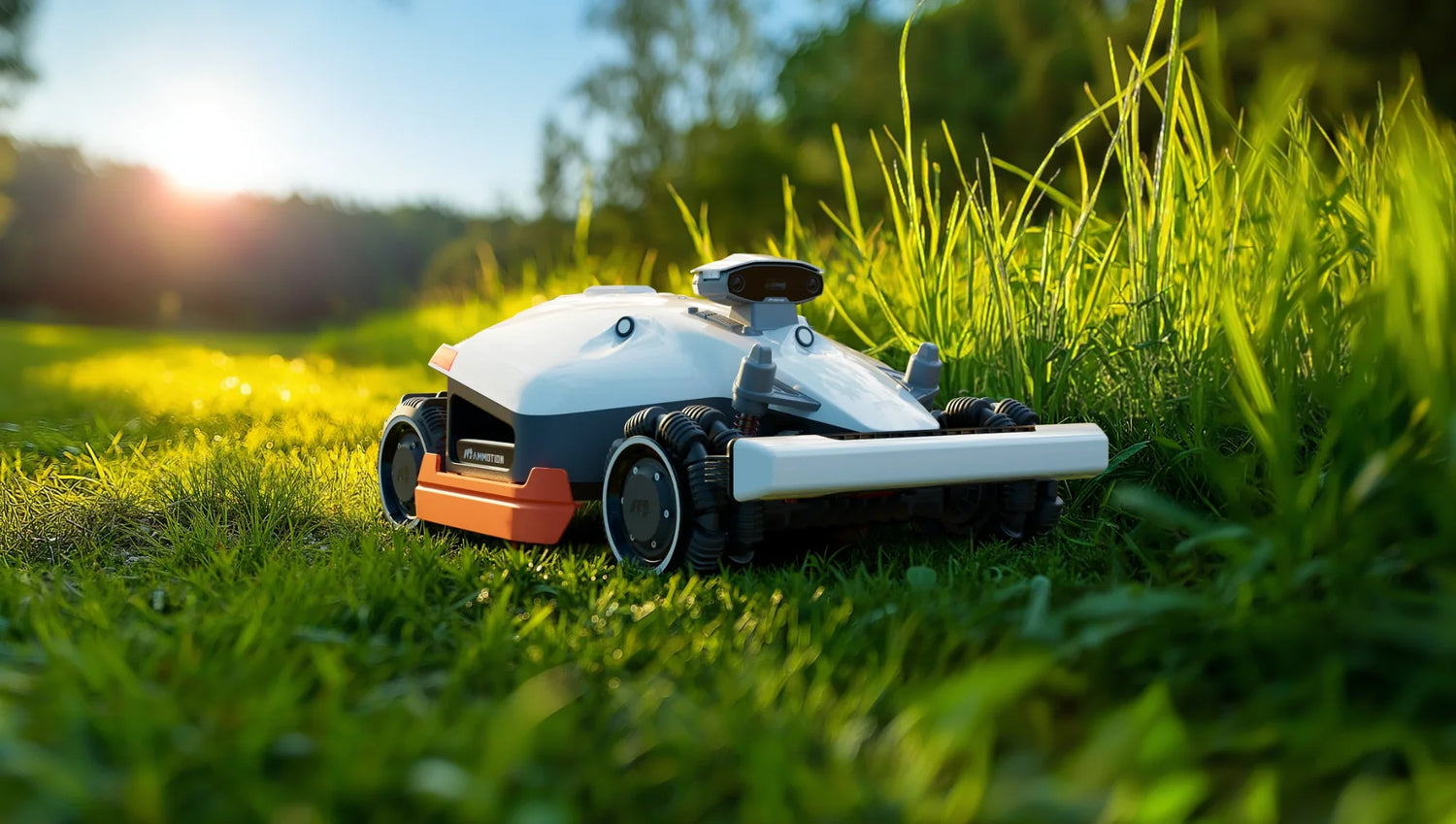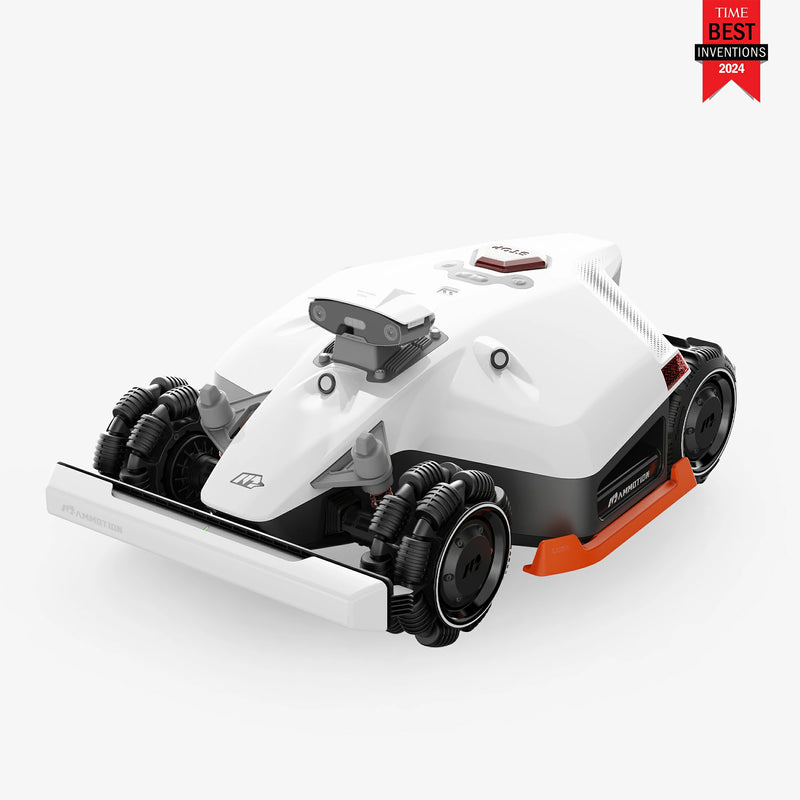If you’ve ever watched your robot mower struggle up a hill, get stuck in a muddy patch, or just give up halfway through a rough patch of lawn, you’re not alone. That’s exactly why the AWD mower is starting to turn heads among homeowners with more complex terrain.
All-wheel-drive (AWD) robot mowers are built for one thing: traction and control on the toughest lawns. But before you dive in and spend more on one, it’s worth asking—do you really need AWD? And what trade-offs come with that extra power?
In this article, I’ll walk you through the real pros and cons of the AWD robot lawn mower. Whether you’ve got a sloped backyard in the Rockies or a patchy, uneven front lawn in the suburbs, I’ll help you decide if an AWD mower is a smart upgrade—or just an overbuilt gadget you won’t use to its full potential.
What Is an AWD Robot Lawn Mower?
An AWD mower, or all-wheel-drive robot lawn mower, is exactly what it sounds like—a robotic mower that powers all four wheels instead of just the front or rear. This gives it better traction, balance, and climbing ability compared to standard robotic mowers.
While traditional robot mowers do a fine job on flat, open lawns, they can slip or stall when faced with slopes, bumps, or wet patches. AWD systems solve this by distributing power evenly to each wheel, allowing the mower to move confidently over uneven ground, damp areas, and steep inclines—sometimes up to 80%.
Think of it like the difference between a two-wheel-drive car and an SUV. You don’t always need AWD, but if your lawn throws challenges at you—hills, roots, soft soil—it makes a huge difference.
Who Actually Needs an AWD Mower?
Not every lawn needs an AWD mower—and that’s the truth most brands won’t tell you.
If your yard is small, flat, and dry most of the year, a standard robot mower will likely do the job just fine. AWD mowers shine in more demanding environments, where lesser machines tend to slip, spin out, or get stuck halfway through a cut.
Here’s when an AWD lawn mower makes real sense:
- Sloped lawns: Anything with inclines over 30% starts pushing standard mowers to their limits. AWD models can handle up to 80% gradients.
- Uneven terrain: Bumpy, rutted, or root-covered areas are better navigated with all-wheel traction.
- Large properties: The bigger the space, the more terrain variation you’ll likely face.
- Wet or soft ground: AWD helps maintain grip and avoid ruts or skids.
If your lawn checks two or more of these boxes, AWD isn’t just nice to have—it’s essential.
Pros of AWD Robot Lawn Mowers
When you invest in an AWD mower, you’re not just buying a feature—you’re investing in capability. For homeowners with demanding terrain, an all-wheel-drive robotic mower isn’t just a luxury—it solves real-world problems that traditional mowers simply can’t handle.
Let’s break down the main benefits:
1. Climbing Power That Actually Matters
Most standard robot mowers cap out around a 30–35% incline. That might work for gentle slopes, but if your property has rolling hills, embankments, or terraced landscaping, you need more bite. AWD robot mowers, like the LUBA 2 AWD, are rated to handle slopes up to 80%. That means more consistent cuts—especially in places where you'd normally have to step in and mow manually.
2. All-Terrain Stability
All Wheel Drive systems drive all four wheels, distributing torque evenly. This allows for better grip on uneven, rocky, or rutted surfaces. Whether it’s tree roots, or irregular patches of ground, the AWD mower won’t spin out or get knocked off course. You’ll get a straighter, more even mow.
3. Wet Lawn Performance
Rainy day? No problem. AWD mowers outperform standard models in damp or soft conditions, gripping the turf instead of sliding or carving tracks into your lawn. That’s especially helpful in regions with unpredictable weather, where waiting for the lawn to dry isn’t always realistic.
4. Reduced Supervision and Intervention
Standard robot mowers often need you to step in when they get stuck or confused. All Wheel Drive models are built to work hands-free, even on tougher ground. Once you set the boundaries, you can trust them to complete the job—even in areas where you’d normally hesitate to send a mower.
5. Long-Term Durability in Harsh Conditions
Because AWD mowers are built to deal with more challenging environments, they’re typically engineered with tougher components, better motors, and reinforced frames. That makes them a smart investment if you want something that lasts longer under strain.

Cons of AWD Robot Lawn Mowers
All-wheel-drive robot mowers sound like the perfect solution—and for some lawns, they are. But let’s be honest: they’re not for everyone. Just like you wouldn’t buy a 4x4 SUV for city-only driving, AWD robot mowers come with trade-offs you need to consider before buying.
1. Higher Upfront Cost
The most obvious downside? Price. AWD mowers typically cost significantly more than standard robotic mowers. You’re paying for extra motors, more advanced electronics, and stronger construction. If your lawn is flat and simple, you’re not likely to get a good return on that extra spend.
2. Heavier Weight and Larger Size
AWD systems add weight. That makes the mower more stable, sure—but also less nimble. Heavier units can compress soft turf more, especially in early spring or after rain. And in tight or narrow spaces, larger AWD mowers may struggle to manoeuvre efficiently.
3. More Complex Maintenance
With extra drive systems comes more complexity. AWD mowers have more moving parts, meaning potentially higher maintenance needs or repair costs down the line. Not all local shops will have experience servicing these higher-end units, which could mean longer downtimes if something breaks.
4. Not Necessary for All Lawns
If your lawn is under ¼ acre, mostly flat, and surrounded by clean landscaping edges, an AWD mower may be overkill. It’s like using a chainsaw to cut butter—impressive, but unnecessary. A simpler, more affordable model might be the smarter play.
A Look at Mammotion LUBA 2 AWD Robot Lawn Mower: How is Difference?
When people ask me, “What’s the best AWD robot mower out there right now?” LUBA 2 AWD by Mammotion is always at the top of my list. And that’s not just marketing hype—it’s because this model actually delivers where most others fall short.
Engineered for Real Terrain
LUBA 2 AWD robot lawn mower is purpose-built for homeowners with tough yards—slopes up to 80%, rough patches, muddy sections, and complex boundaries. With its four independent in-hub motors and all-wheel drive system, it navigates hills and dips like no other mower on the market. If you’ve got terrain that makes other robots give up, LUBA 2 keeps going.
No Boundary Wires. Seriously.
One of its biggest advantages? Wire-free operation. Instead of laying down fragile perimeter cables, LUBA uses RTK-GPS navigation technology to map and maintain virtual mowing zones with pinpoint accuracy. That means no digging, no reinstallation when you change your landscaping, and zero hassle with broken wires.
Smart Multi-Zone Management
If your yard has multiple lawn areas—front, back, side, around the pool—LUBA 2 robot mower can manage them all from one app. You can set different mowing schedules, heights, and zones, all through an intuitive mobile interface. It’s designed to work like a true automated lawn care assistant.
Built for the Long Haul
From rugged tires to its weather-resistant build, LUBA is meant to last. It’s quieter than gas mowers, smarter than basic bots, and far more capable than most consumer-grade robotic models. For properties that challenge standard robot mowers, LUBA 2 isn’t just a better option—it’s the right tool for the job.
Bottom line: if you’re serious about getting a robot mower that can handle everything—not just sunny afternoons on a flat lawn—Mammotion LUBA 2 AWD robot lawn mower should be at the top of your shortlist.
Final Thoughts
All-wheel-drive robot lawn mowers aren’t just a fancy upgrade—they’re a functional leap forward for the right kind of lawn.
And if you’re looking for a model that truly pushes the limits of what a robotic mower can do, Mammotion’s LUBA 2 AWD is leading the charge. It’s rugged, smart, and built for real-world conditions—not just perfect lawns.
So before you buy, take a hard look at your property and ask yourself: is your current mower working for you, or are you working for it?
If it’s the latter—an AWD mower might just be your next best move.
Frequently Asked Questions
1. What does AWD mean in a robot lawn mower?
AWD stands for All-Wheel Drive, meaning the mower powers all four wheels at the same time. This provides better traction and control, especially on steep hills, slopes, and uneven terrain.
2. Do I really need an AWD mower for my lawn?
Only if your lawn has serious challenges—think slopes over 35%, soft or muddy ground, or bumpy, irregular patches. For a flat suburban yard, a rear-wheel-drive or front-wheel-drive model usually does the job just fine.
3. Are AWD robot mowers safe for hills and inclines?
Yes. In fact, AWD robot mowers like the Mammotion LUBA 2 AWD are specifically designed for steep inclines—some handling slopes up to 80%. That's far more than standard models can manage safely or effectively.
4. How much do AWD robotic mowers cost?
They're typically more expensive, ranging from around $2,000 to $5,000+, depending on brand and features. But for challenging properties, the investment can pay off in time saved and improved lawn consistency.
5. Do AWD mowers require more maintenance?
Slightly. More moving parts means more wear points, but high-end models like LUBA 2 are built with durability in mind. Stick to regular cleaning, blade checks, and software updates, and it should run for years with minimal issues.
6. Can an AWD mower replace manual mowing completely?
Yes—if it's set up correctly. With virtual boundaries, multi-zone management, and enough traction for difficult ground, modern AWD models can absolutely handle full-yard maintenance without human intervention.

